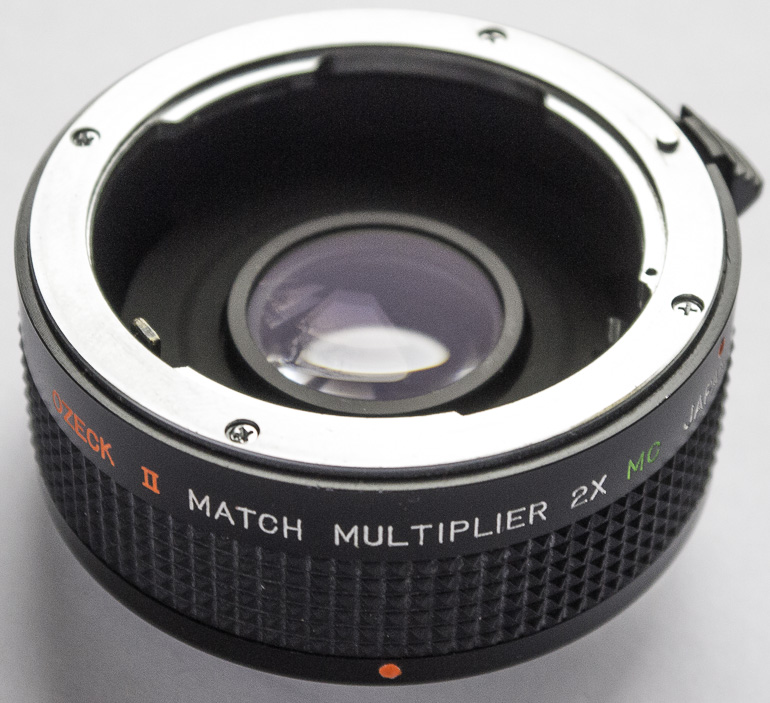
A teleconverter, also known as an extender, is a camera accessory that attaches between the lens and body of an interchangeable lens camera. They were made for 35mm and medium format cameras and are hard, if not impossible, to find for micro 4/3rd. That said this article is using one on a micro 4/3rds fitted with a Pentax K adaptor.
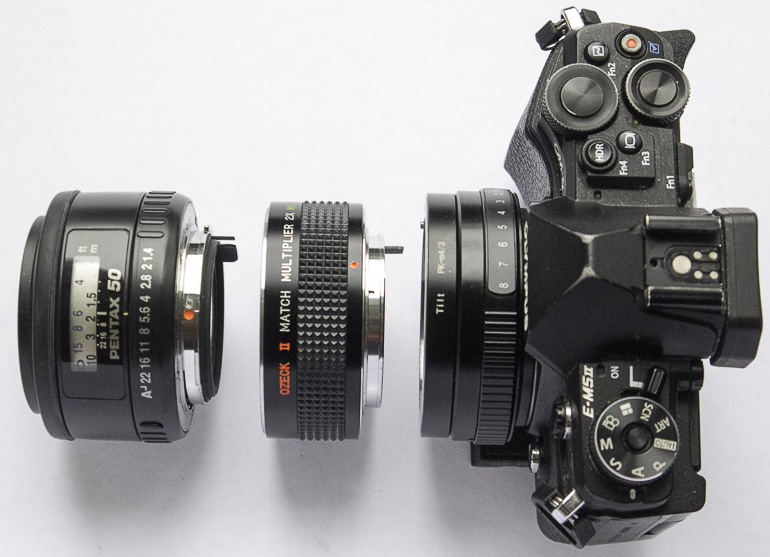
Whats does a teleconverter do?
A teleconverter increases the focal length of a lens by the number of x. The most common is 2x but models have also been made in 1.4x, 1.5x and 3x. With a 2x teleconverter your 300mm telephoto lens becomes 600mm.
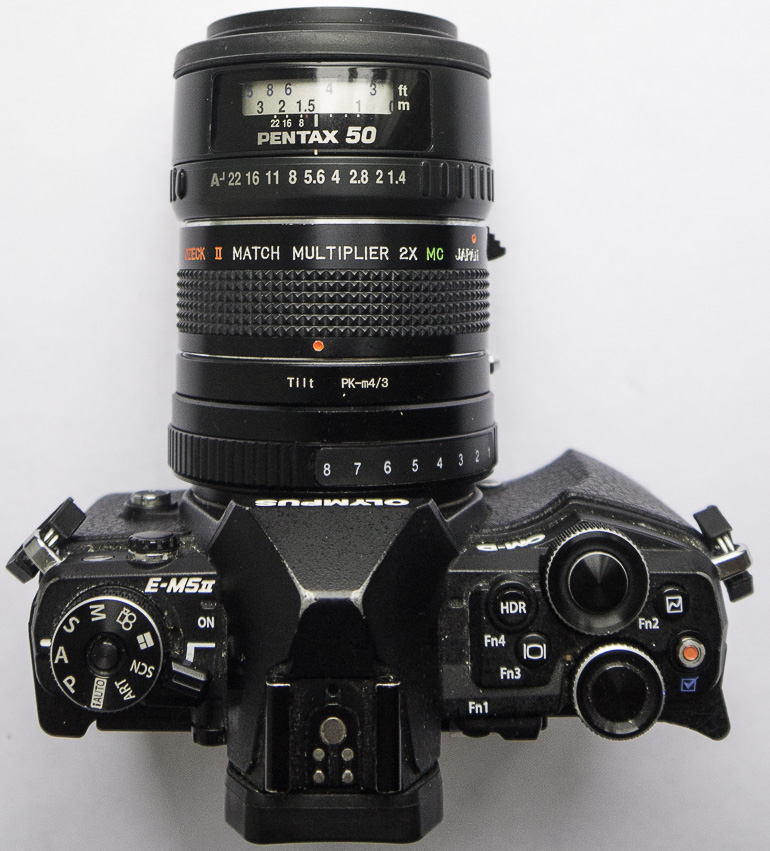
What are the advantages of a teleconverter?
The main advantage is size and cost. A teleconverter and one lens takes up much less space than two lenses And it’s much cheaper to buy a teleconverter than a second lens.
Another advantage is the closest focusing distance of the lens doesn’t change when a teleconverter is attached so the magnification is doubled with a 2x from the same distance.
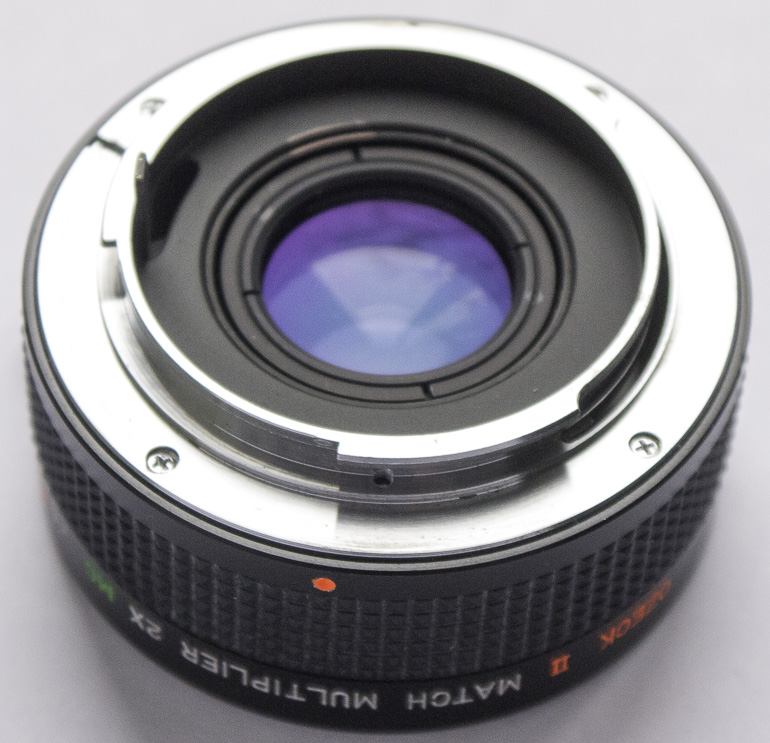
What are the disadvantages of a teleconverter?
The teleconverter adds a few more layers of glass for the light to travel through so there’s chance the image quality will be degraded. This is more noticeable on cheaper models where contrast can suffer as well as added distortion and reduced sharpness.
The teleconverter reduces the amount of light reaching the film/sensor by the same factor as the magnification. So a 2x converter loses two stops of light and a 3x converter loses three stops of light.
Can you use more than one teleconverter?
Its possible to add several teleconverters in a stack. Sharpness decreasing and light loss increasing with each one added. In this article Stacking five 2x teleconverters Petapixel stacked five teleconverters onto a 300mm lens to get a huge 9600mm telephoto.
A couple of test photos with a teleconverter
Below are examples of two subjects taken with the illustrated combination above – an Olympus OMD EM5 MkII with a 50mm f/1.4 Pentax lens and a budget priced Ozeck 2x teleconverter. The left photos are without the 2x teleconverter and the right hand ones are with the teleconverter. The map is taken at the closest setting of the lens, and the city view is with the lens at infinity. The bottom pair are highly cropped pics from the city scene. You can click on the four top pics to see the full size version.
For those viewing on a mobile device 1, 3 and 5 are without teleconverter and 2, 4, 6 are with teleconverter
As you can see the converter loses contrast, but sharpness is not as bad as many people have made out over the years, and a converter is certainly a good idea if your budget is tight.
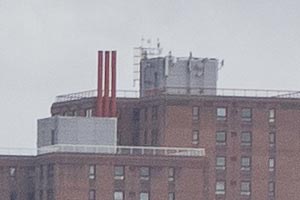
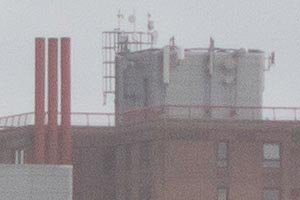
We have a selection of second-hand teleconverters here at PhotographyAttic – used teleconverters
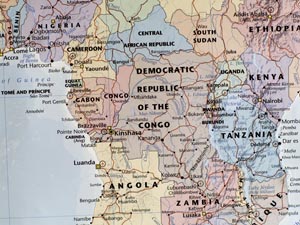
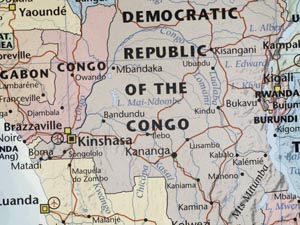
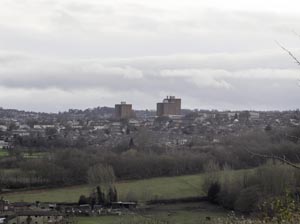

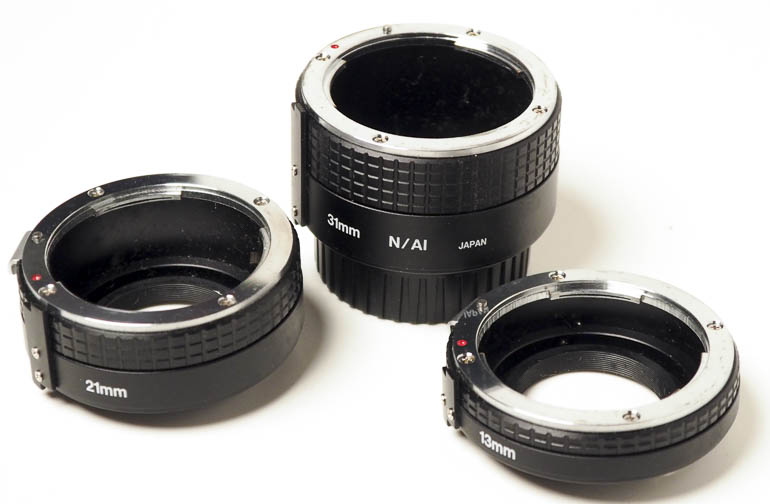
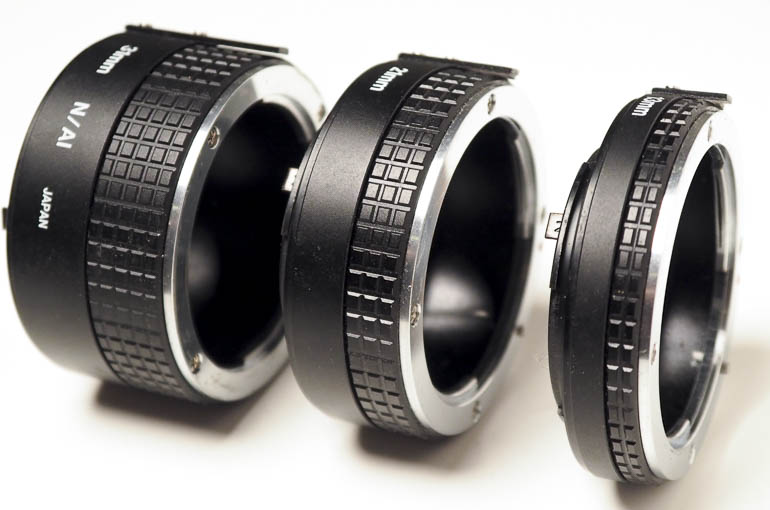
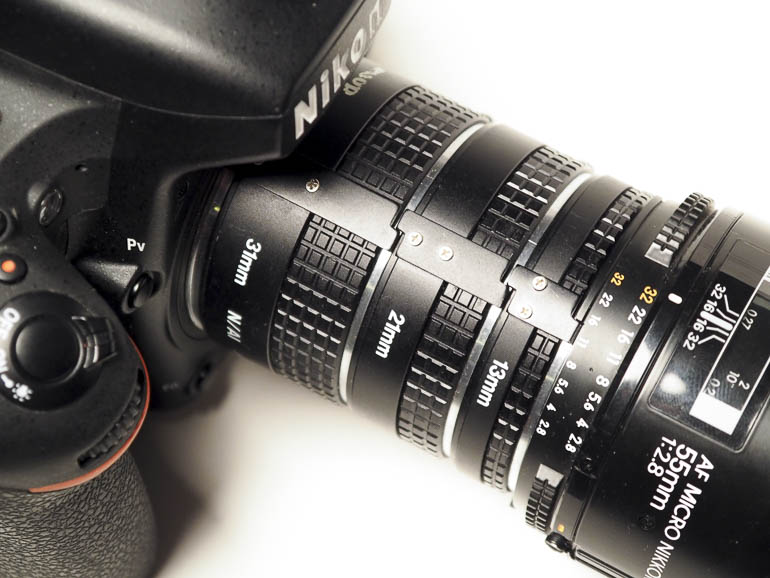
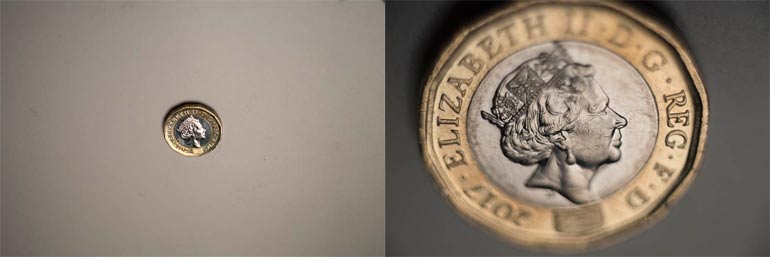 This photograph of a British one pound coin was taken using a nikon camera with a 55mm lens set to infinity and an extension tube added. The smaller coin on the left is with the 13mm and the coin on the right is with the three tubes attached giving 65mm extension. The lens was at f/2.8 to show how shallow depth of field is. When using tubes you either need to use a very small aperture or shoot the subject parallel to the CCD or film plane. Here the coin was at an angle so only a shallow strip across the centre is sharp.
This photograph of a British one pound coin was taken using a nikon camera with a 55mm lens set to infinity and an extension tube added. The smaller coin on the left is with the 13mm and the coin on the right is with the three tubes attached giving 65mm extension. The lens was at f/2.8 to show how shallow depth of field is. When using tubes you either need to use a very small aperture or shoot the subject parallel to the CCD or film plane. Here the coin was at an angle so only a shallow strip across the centre is sharp.